How to install and use Edge on Android
4 min. read
Published on
Read our disclosure page to find out how can you help Windows Report sustain the editorial team. Read more
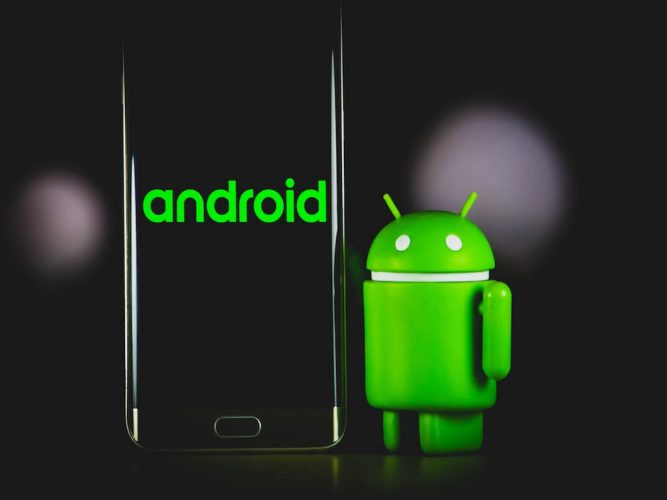
Microsoft’s Edge is brimming with features that make the default browser a delight to use—it beats down using the now-defunct Internet Explorer any day.
And, if you’re a fan, it might be a good idea to bring the Edge experience to your smartphone with you. In this article, we’ll look at precisely that. First, we’ll cover how to install the Edge browser on your Android and then go over how to make the most out of it.
So let’s get started.
How to install Edge on your Android
Built on Blink, a browser engine developed through combined efforts of Google, Facebook, Microsoft, and others, the Edge android browser works as fast and efficiently as its PC counterpart.
To get started with installing Edge on your Android, first head to Google PlayStore.
Once you’re in the PlayStore app, click on the search menu from above, type in ‘edge’, and hit Search. The App Store will instantly give you the Edge app in the search results.
From there, click on Install, and the browser download and installation will begin. Depending on your internet speed, the app download will wind up in a few seconds, and the automatic installation will start.
When you’re done with the installation, click on Open. The app will be launched as soon as you do that. Now, let’s look at how you can make the most out of your app.
Using Edge on Android
When you open the Edge app for the first time, it will ask you to sign in to your Microsoft account. By signing into your default account, you can easily sync your data across devices; we suggest you sign in for a seamless user experience.
If you’ve been using other Microsoft products on your smartphone, the app will pick up your email address from there and give that as an option for sign-in. Alternatively, you can click on Add account and manually type in your email address and password.
Alternatively, you can click on Sign in later and move ahead with the sync. For this example, we’ll go with this option.
On the next page, the app will ask you for your data-sharing preference; if you select the checkbox, you’ll be sharing your browsing data—including how you use the browser, your crash reports, etc.—straight to Microsoft. To better protect your privacy, I suggest you uncheck the radio box and click on Confirm.
You’ll then be asked whether you want to set Edge as the default browser on your Android. Choose the option you’d like, and then move ahead.
Finally, on the home screen, you’ll see a search box and a few Microsoft app widgets. When you scroll down you’ll find the Feed section, where you can find all the top news stories doing rounds in your area.
Note: You can tweak your feed to your liking by clicking on the Personalise tab from the top of your news feed. Under the My Interests section, you can select a host of options from News, Entertainment, Sports, Money, and so on—the items you choose here will show up on your Feed.
From the bottom, if you click on the three-dotted menu, you’ll see other options like History, Downloads, Settings, etc. From here, you can control the workings of your device with ease.
Installing and using Edge on Android
Using Edge on your Android is not much different from using it on your Windows PC. Moreover, if you decide to use the sync feature of the app, you can synchronize your usage across your devices. Of course, the Edge Android app offers its own share of tips and tricks—real world camera search and read aloud feature, for instance— that can make your browsing experience a delight. So, make sure you explore all the features it has to offer before you move onto something else.
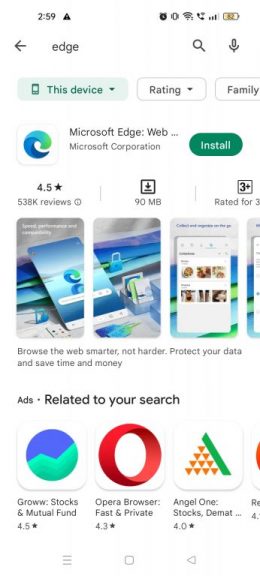
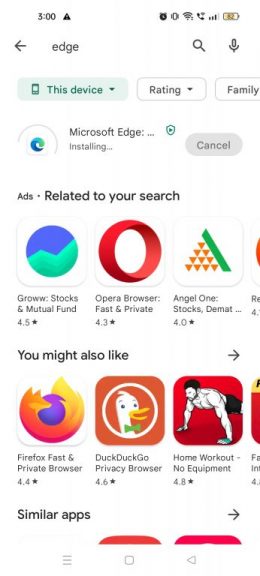
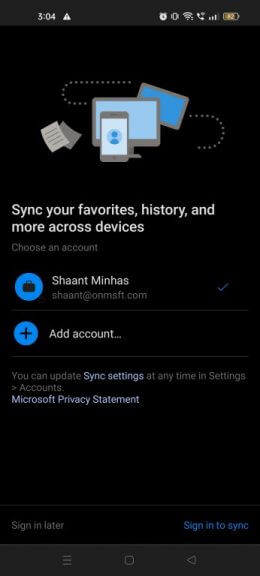
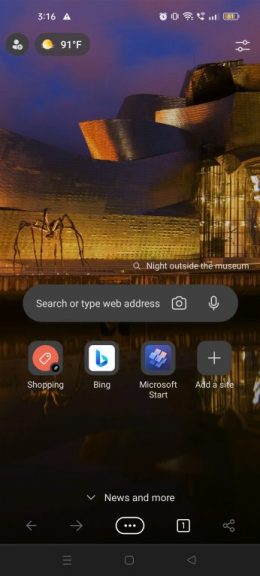
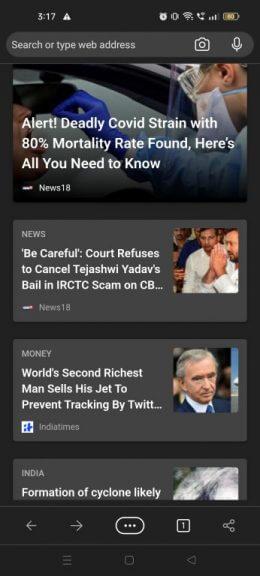


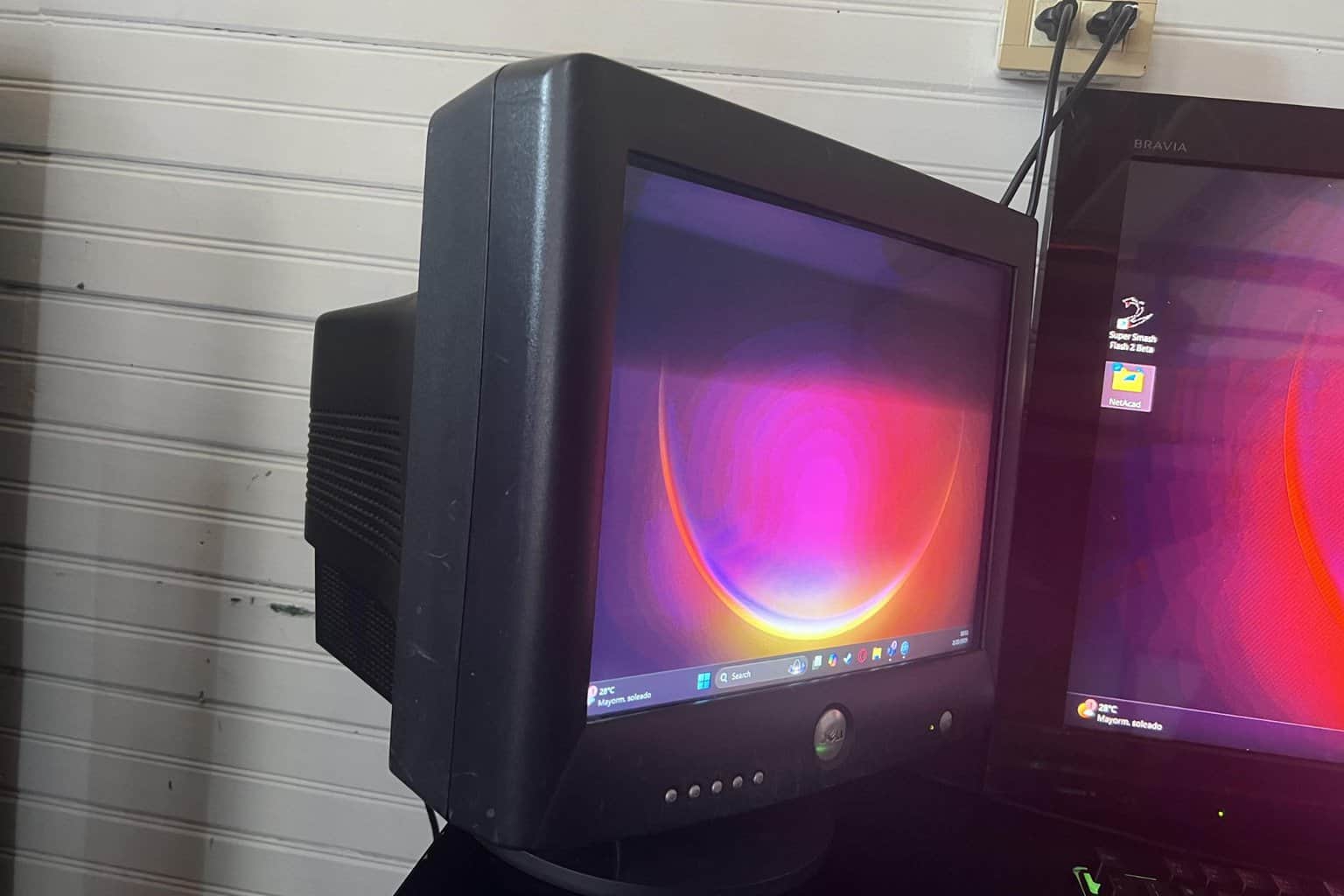
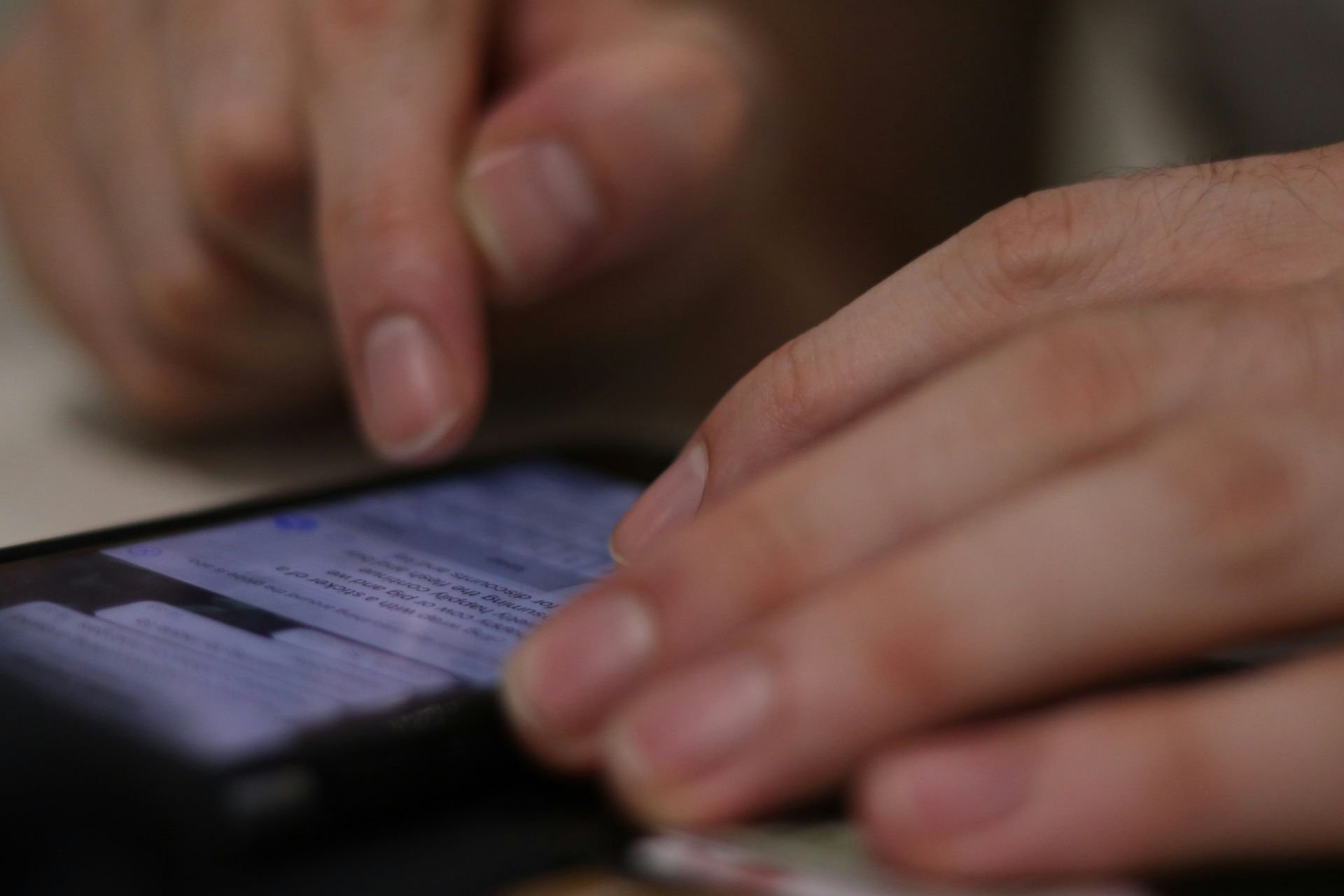
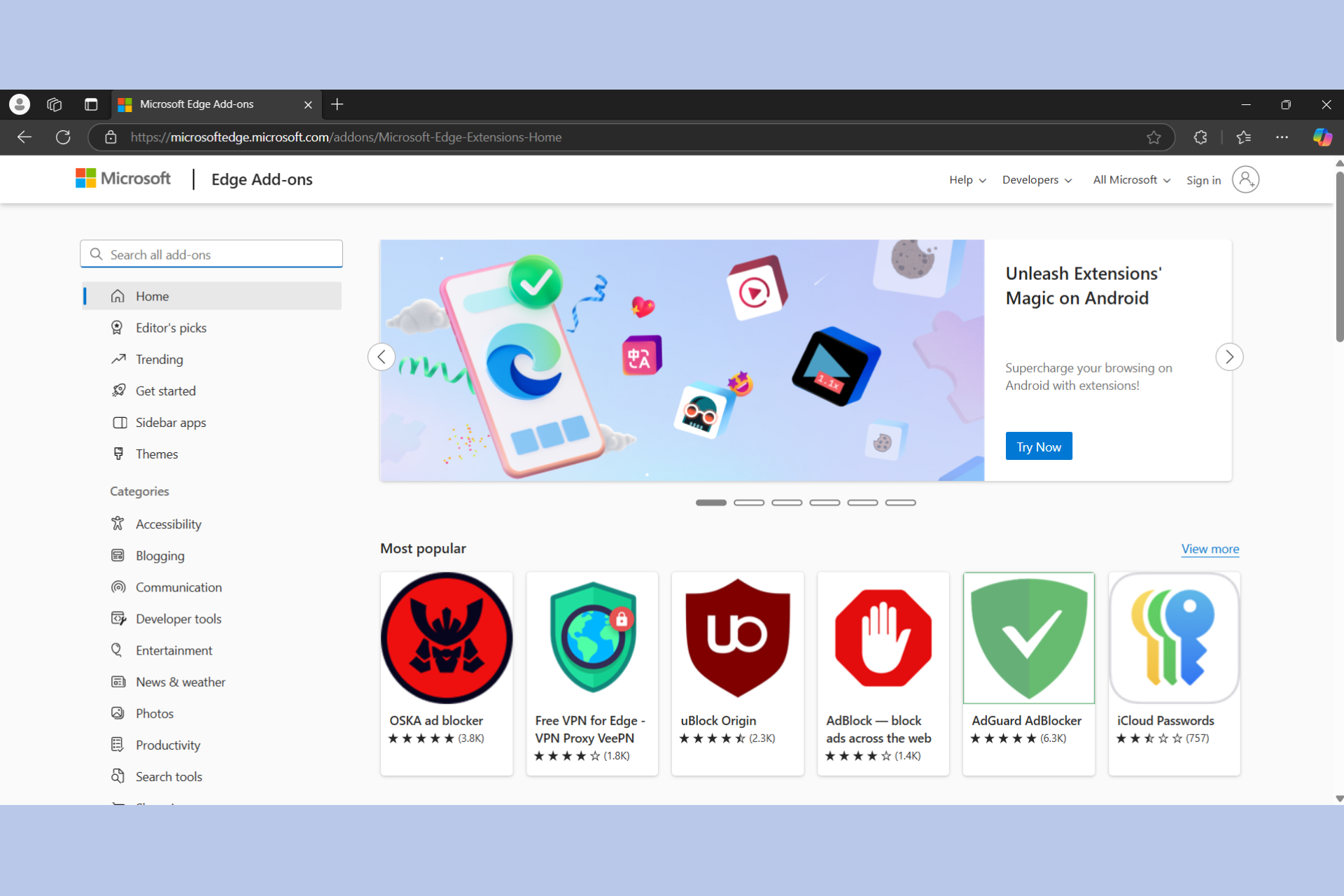
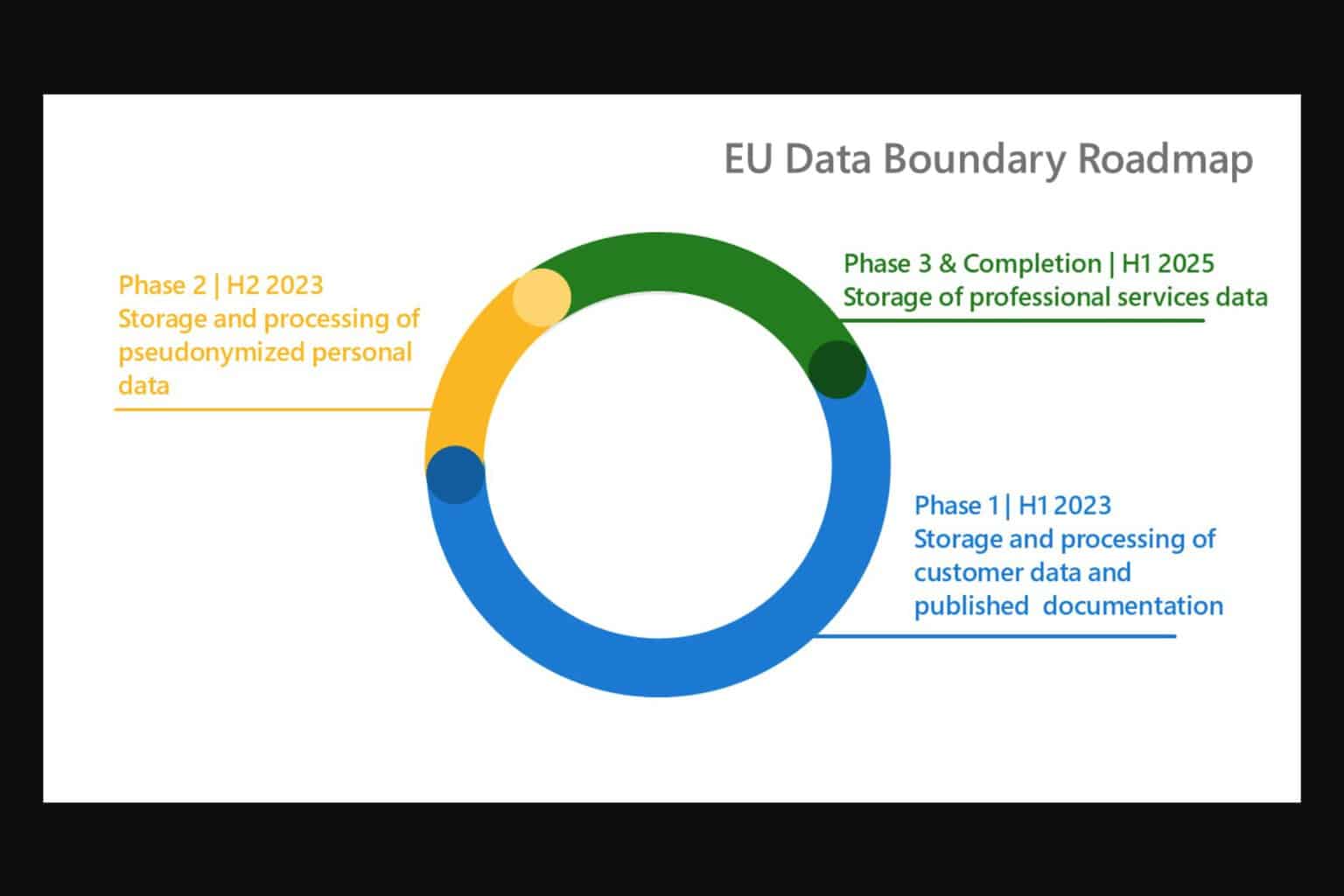

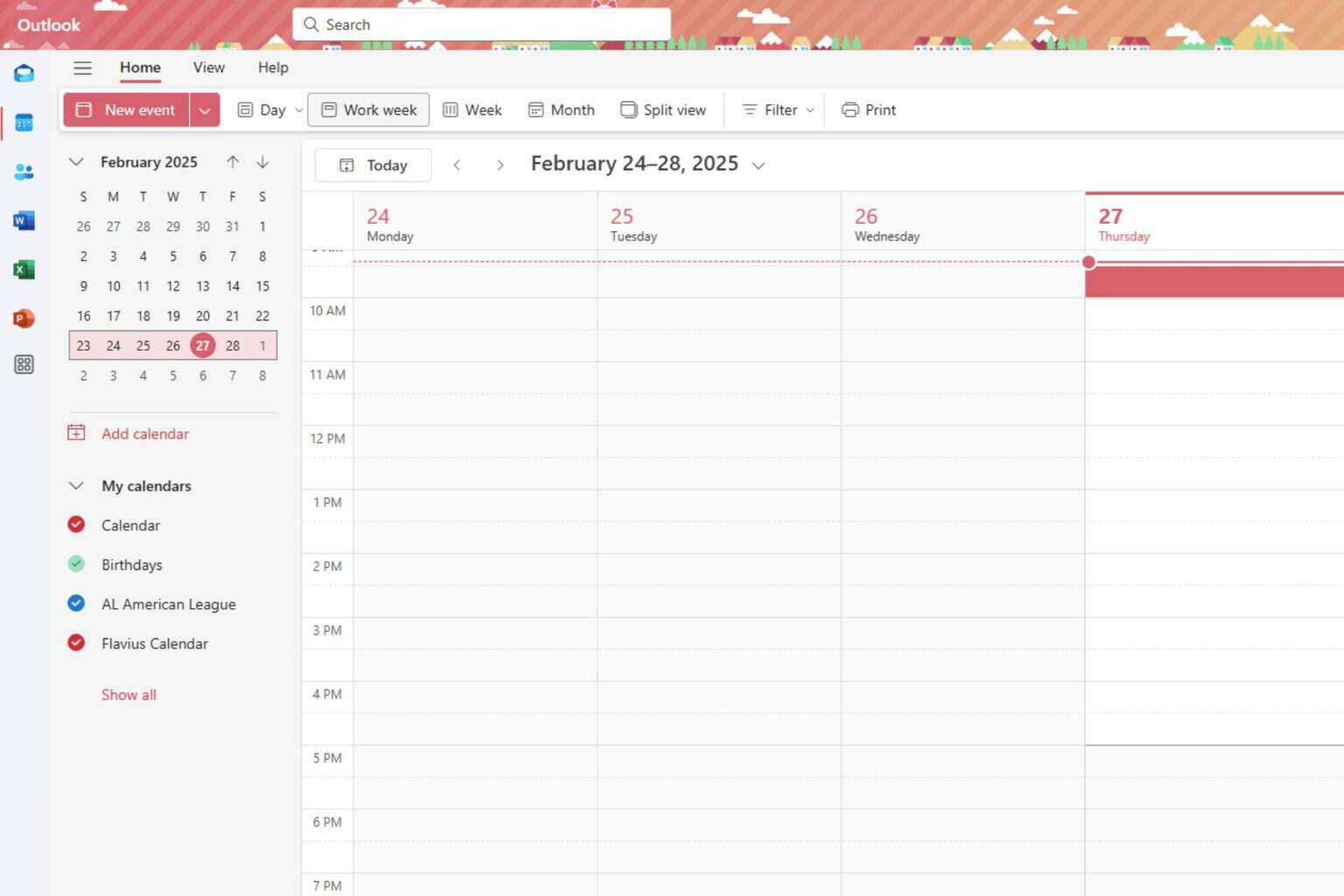
User forum
0 messages